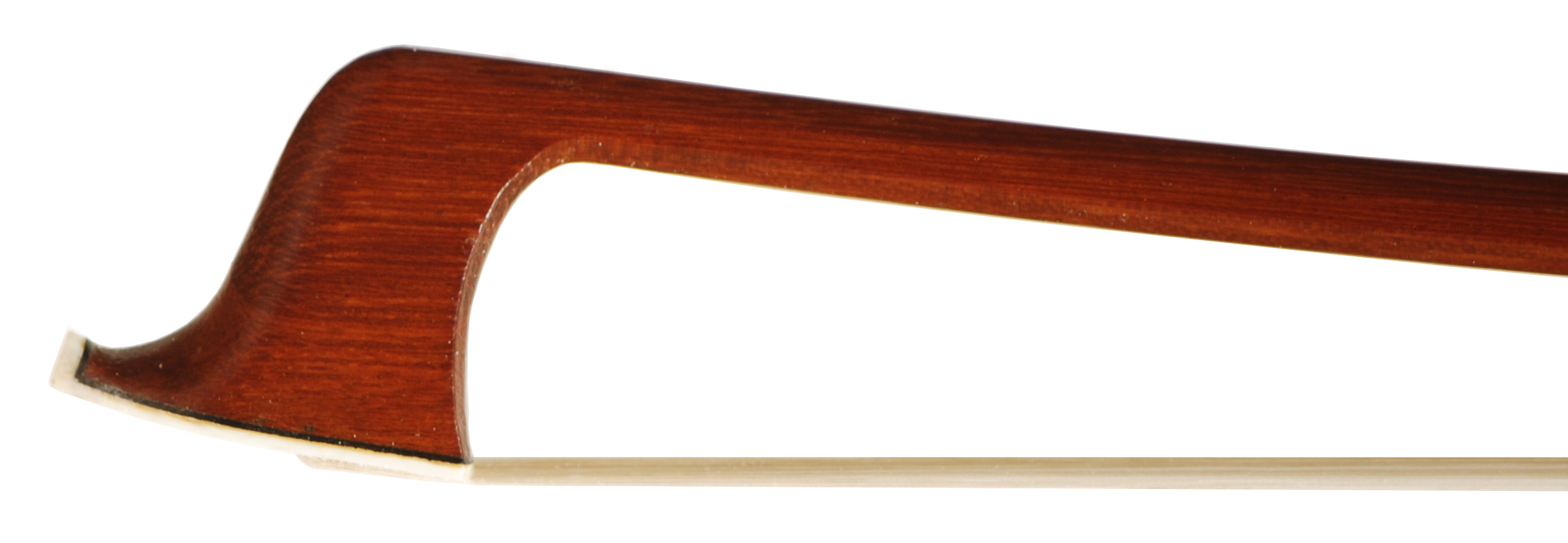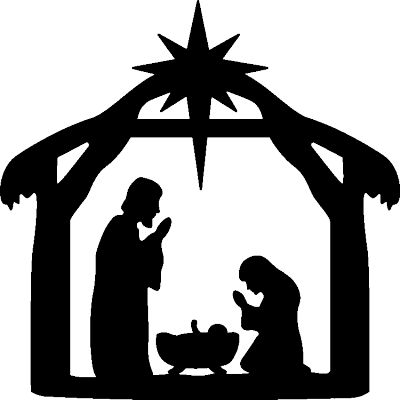Non-Stamped Markneukirchen Violin Bow circa 1900-1930
$895.00

Beginning with the experiences of Christoph Nürnberger and Hermann Richard Pfretzschner, many Markneukirchen bow makers of the 19th and the 20th centuries spent part of their years training in Paris working for well-known masters of the trade. When they returned home, they brought new ideas and innovations which affected the direction of German bow making. It was during the late 19th century that bow makers started to increase stamping or branding their bows. As a result of stamping, it became easier to attribute bows to their makers. In a listing of Markneukirchen businesses in 1913 there were about 90 bow makers registered in that city alone. Remember, bows were also being made in the surrounding areas, not just in the city.
There were bow makers and suppliers, those involved in these old-world cottage industries. The suppliers involved in bow making were primarily either stick or frog makers. There were just a handful of makers who specialized in making the threaded buttons, which involved engineering threaded steels shafts, taps for the bronze eyelets, and mating them to the actual buttons. For the most part sticks and frogs were only roughly made and were finished off by the bow makers in accordance with their own ideas. This division of labor principle enabled making thousands of bows. These fully unfinished sticks and frogs were then sold to other shops, either with or without a stamp, or simply using the name of each different model or a famous name. The renowned German bow makers either made all their own parts of the bow or had them made by a specialist in their own workshops. This helped maintain quality and the individual style of each workshop.
Our German bow is not stamped, but don’t let that fool you into thinking less of this bow. This bow is excellent workmanship. The head is all original, with a nice peak and slight laying back of the tip. I notice the delicate knife work used to attain the tapered chamfer along the head. The ebony blind eye frog, a classic look, along with the endscrew are all original. The bow needed the winding to be removed along with the deteriorated leathers. It was cleaned at least two times to remove years of grunge. The bow was then oiled, and new winding and leathers were added. The stick is pernambuco specie, octagonal in section, and nickel fittings. The heel of the bow is interesting; it is short in the wrap around edge where it meets the mother-of-pearl slide. There is no apparent pin work in the lining, heel, or button, and the tolerances are tight. The bow is excellent, the workmanship clean and well determined. This stick is so nice that it deserved a maker’s name.
Weight fully haired 61.7 grams






